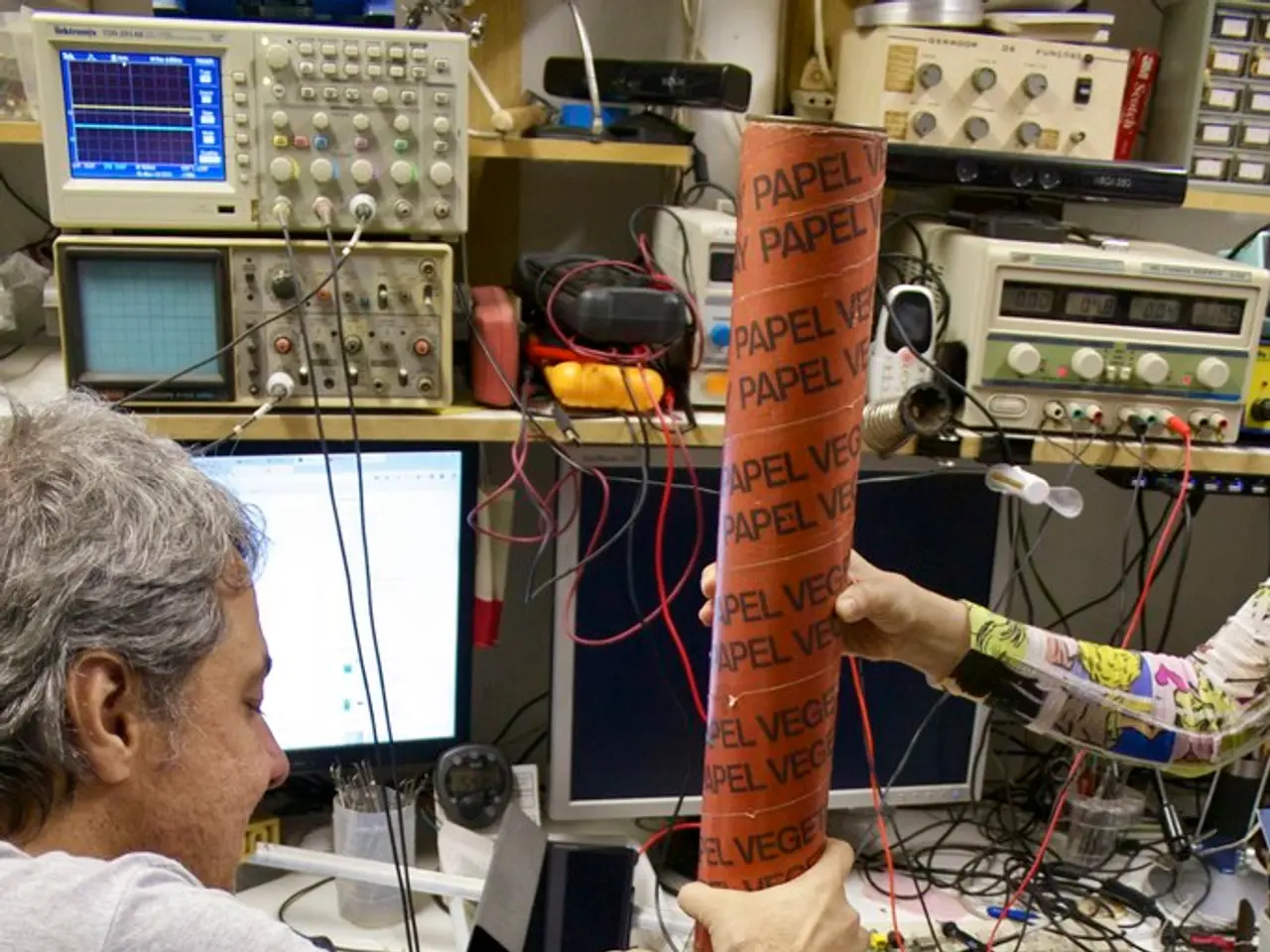Government intends to implement facial recognition technology to decreased passport forgery cases
UK Home Office Introduces Facial Recognition Technology to Combat Passport Fraud
The UK Home Office has taken steps to combat passport fraud by introducing facial recognition technology as part of its Identity and Passport Service (IPS). This move comes after the implementation of a face-to-face meeting scheme in 2007, which, despite its high cost, did not result in any prosecutions for passport fraud.
In 2010, a report in The Daily Telegraph revealed that the face-to-face meeting scheme cost £93 million to set up and £30 million a year to run, yet it failed to lead to a single prosecution. In an effort to address this issue, the Home Office is now seeking to procure a Facial Recognition Engine and Workflow system, valued between £6 million and £15 million.
The Facial Recognition Engine will compare new passport photos with a database of 60 million existing photographs, including those linked to biometric passports. The system is expected to last up to seven years and may potentially be re-used by other public sector bodies. The Facial Recognition Workflow system, on the other hand, will provide business rules, management information, audit, and a data interface.
The Home Office's Facial Recognition Engine and Workflow system are components of the IPS's existing applications. They are intended to help anti-fraud staff cut down on daily incidents of identity theft and support the police in their identification efforts. However, the primary role of the system is law enforcement identification rather than direct passport fraud detection.
The use of biometric passport photos without public oversight has raised privacy and legal concerns, indicating challenges in balancing fraud prevention and civil liberties. The Home Office plans further legal consultations to shape frameworks governing facial recognition use, emphasizing the need for safeguards.
The UK's Home Office has recently expanded its live facial recognition technology, including the deployment of new vans across seven police forces. The exact total expenditure figures for this expansion are not publicly detailed. The program uses a large biometric image database with millions of passport photos, expanded recently in 2025.
In 2011, it was revealed in parliament that the Identity and Passport Service investigates between 7,000 and 9,000 incidents of passport fraud every year. The Home Office's new facial recognition systems are expected to aid in identifying fraudulent identity use or criminals trying to exploit passports.
In conclusion, the UK Home Office's introduction of facial recognition technology to combat passport fraud is a significant step forward. However, it is crucial to address the privacy and legal concerns associated with the use of biometric passport photos. The Home Office's ongoing legal consultations aim to establish frameworks that strike a balance between fraud prevention and civil liberties.
[1] The Guardian: UK police use live facial recognition technology on public streets [2] The Independent: UK Home Office plans to use facial recognition technology to identify passport fraudsters [3] BBC News: UK Home Office faces calls to halt live facial recognition trials [4] The Telegraph: Face-to-face meetings for first-time passport applicants cost £93m and led to no prosecutions [5] The Times: Home Office spends £30m a year on passport face-to-face meetings that don't lead to prosecutions
- The Home Office's new Facial Recognition Engine and Workflow system, a component of the Identity and Passport Service's applications, is a reflection of the UK government's increasing reliance on cybersecurity technology to combat passport fraud.
- As the UK Home Office continues to implement advancements in technology such as facial recognition, it is crucial to ensure cybersecurity measures are in place to protect the biometric data of citizens, maintaining the balance between fraud prevention and individual privacy rights.







